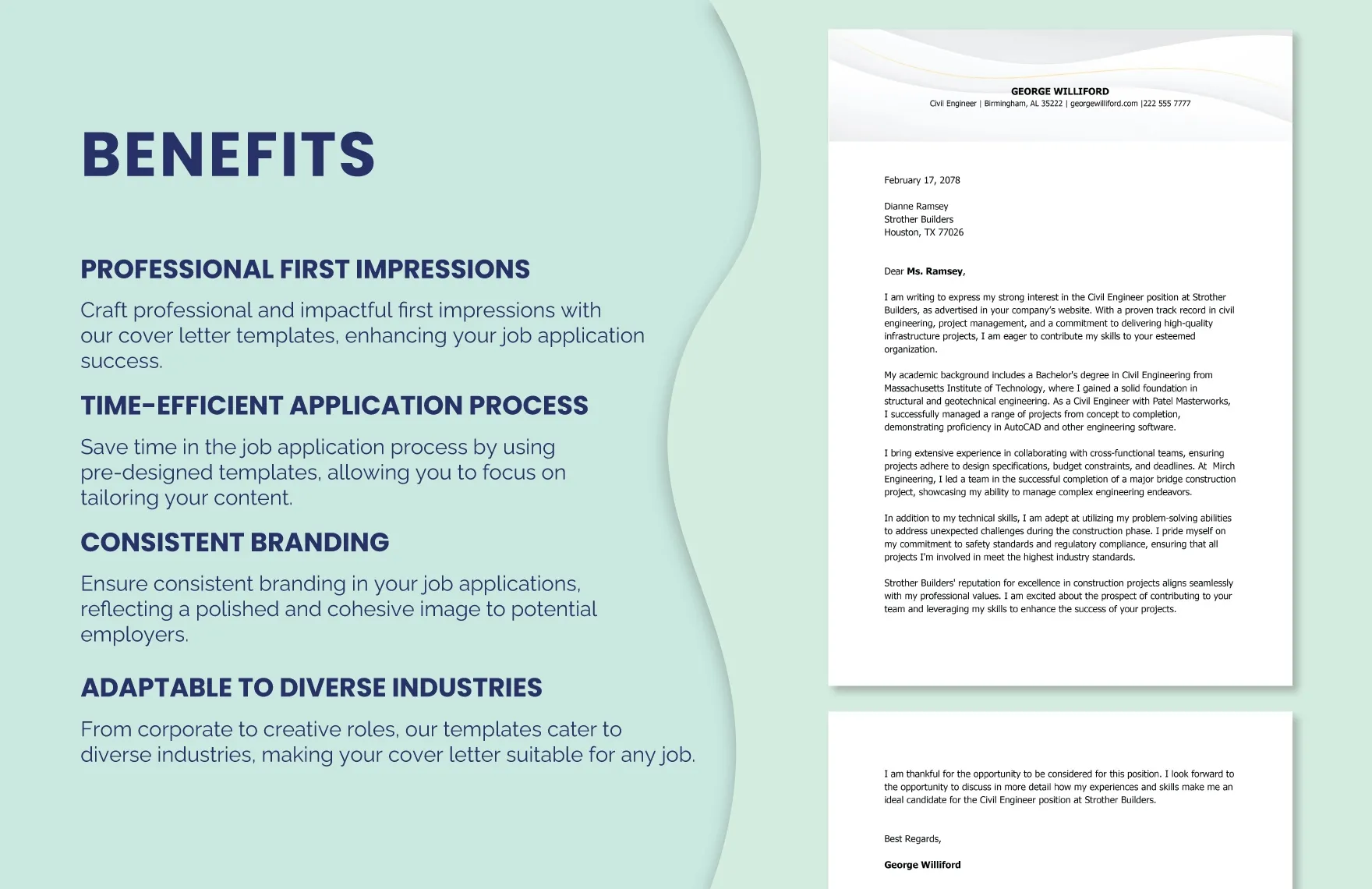What is a Cover Letter for CV
A cover letter is a crucial document that accompanies your Curriculum Vitae (CV) or resume when applying for a job. It serves as your personal introduction to the hiring manager, providing a brief overview of your qualifications, skills, and experience. Unlike your CV, which is a factual record of your career, the cover letter allows you to express your personality, demonstrate your enthusiasm for the position, and highlight how your skills align with the specific job requirements. It is your opportunity to make a strong first impression and persuade the employer to review your CV in detail. A well-crafted cover letter can significantly increase your chances of getting an interview, as it provides context and showcases your suitability for the role beyond the information presented in your CV.
Why is a Cover Letter Important
Cover letters are important because they provide a space for you to express your personality, and make a great first impression. They allow you to tailor your application to the specific job and highlight relevant skills and experiences. A well-written cover letter can also show your communication skills and enthusiasm for the role, setting you apart from other applicants. In a competitive job market, a cover letter can be the deciding factor in whether you get an interview. Furthermore, cover letters give you the opportunity to address any gaps or weaknesses in your CV, such as a career change or a period of unemployment. They demonstrate your professionalism and attention to detail, both of which are highly valued by employers. Ignoring this important step in the application process can be detrimental to your chances of landing the job.
Components of a Cover Letter
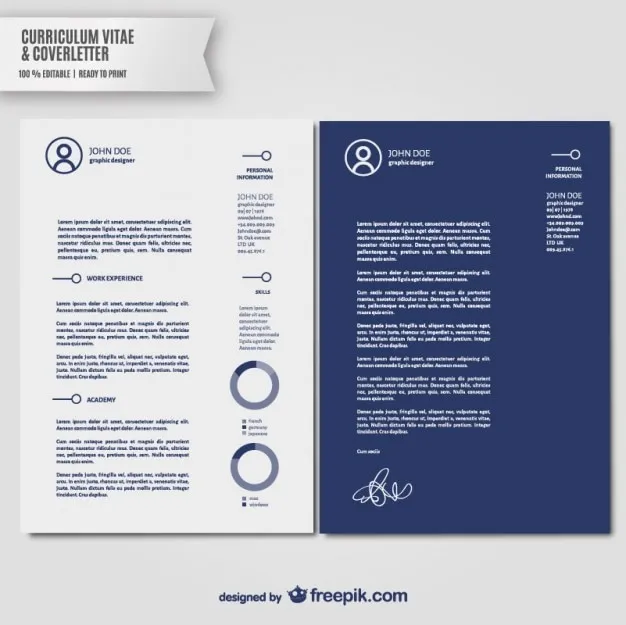
A standard cover letter typically consists of several key components designed to make a strong impression on the hiring manager. These components work together to present a cohesive and compelling case for your candidacy. Properly structured and well-written, each element adds value and contributes to your overall application. Here are the key components that constitute a successful cover letter.
Header and Contact Information
The header of your cover letter should include your name, address, phone number, and email address. It’s also important to include the date and the hiring manager’s name, title, and the company’s address if you have this information. This section is essential for providing the employer with your contact details and identifying the recipient of the letter. Ensuring this information is accurate and easy to find is the first step in professional communication, creating a positive impression and facilitating future contact.
Greeting the Hiring Manager
Start your cover letter with a professional greeting. Address the hiring manager by name if possible, using ‘Dear Mr./Ms./Mx. [Last Name]’. If you can’t find the hiring manager’s name, use a general greeting like ‘Dear Hiring Manager’ or ‘Dear [Department] Team’. Avoid generic greetings like ‘To Whom It May Concern’, as they can make your letter seem impersonal. A personalized greeting shows that you have taken the time to research the company and the role. This attention to detail sets a positive tone and shows your genuine interest in the opportunity.
Opening Paragraph Grab Attention
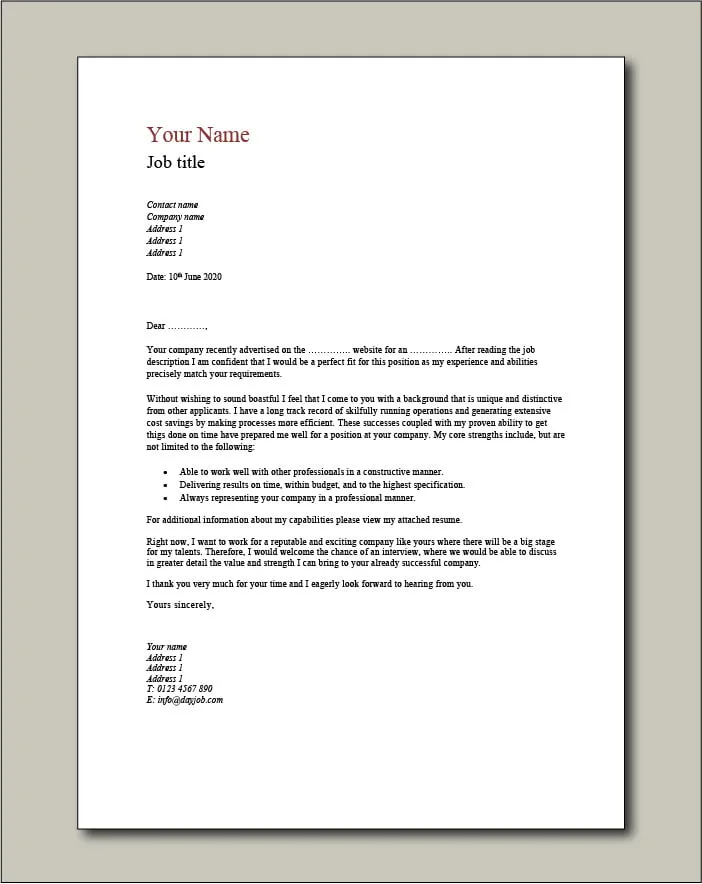
The opening paragraph is your chance to grab the reader’s attention. State the position you are applying for and how you found out about the opportunity. Briefly highlight your most relevant qualifications or skills and express your enthusiasm for the role and the company. Consider adding a brief statement of what you hope to achieve in the role. This initial paragraph sets the stage for the rest of your letter and encourages the reader to continue reviewing your application. Keeping this section succinct and engaging is essential for making a strong first impression.
Body Paragraph Highlighting Skills and Experience
The body paragraphs are where you provide details about your skills and experience. Focus on the skills and experiences most relevant to the job description. Use specific examples to demonstrate how you have applied these skills and achieved results in past roles. Quantify your achievements whenever possible. Explain how your skills and experiences align with the job requirements. Tailor your content to address the key responsibilities of the role to show that you have the required qualifications. This section provides concrete evidence of your abilities and suitability for the position, convincing the hiring manager to consider you further.
Tailoring Your Letter to the Job
Customize your cover letter for each job application. Review the job description carefully and highlight the skills and experiences most relevant to the role. Use keywords from the job description to demonstrate that you understand the role’s requirements and possess the necessary qualifications. Research the company and mention any specific aspects that interest you. Tailoring your letter shows that you are genuinely interested in the position and have taken the time to consider how your skills and experience align with the company’s needs. This personalization is critical for standing out among a multitude of applicants.
Quantifying Achievements
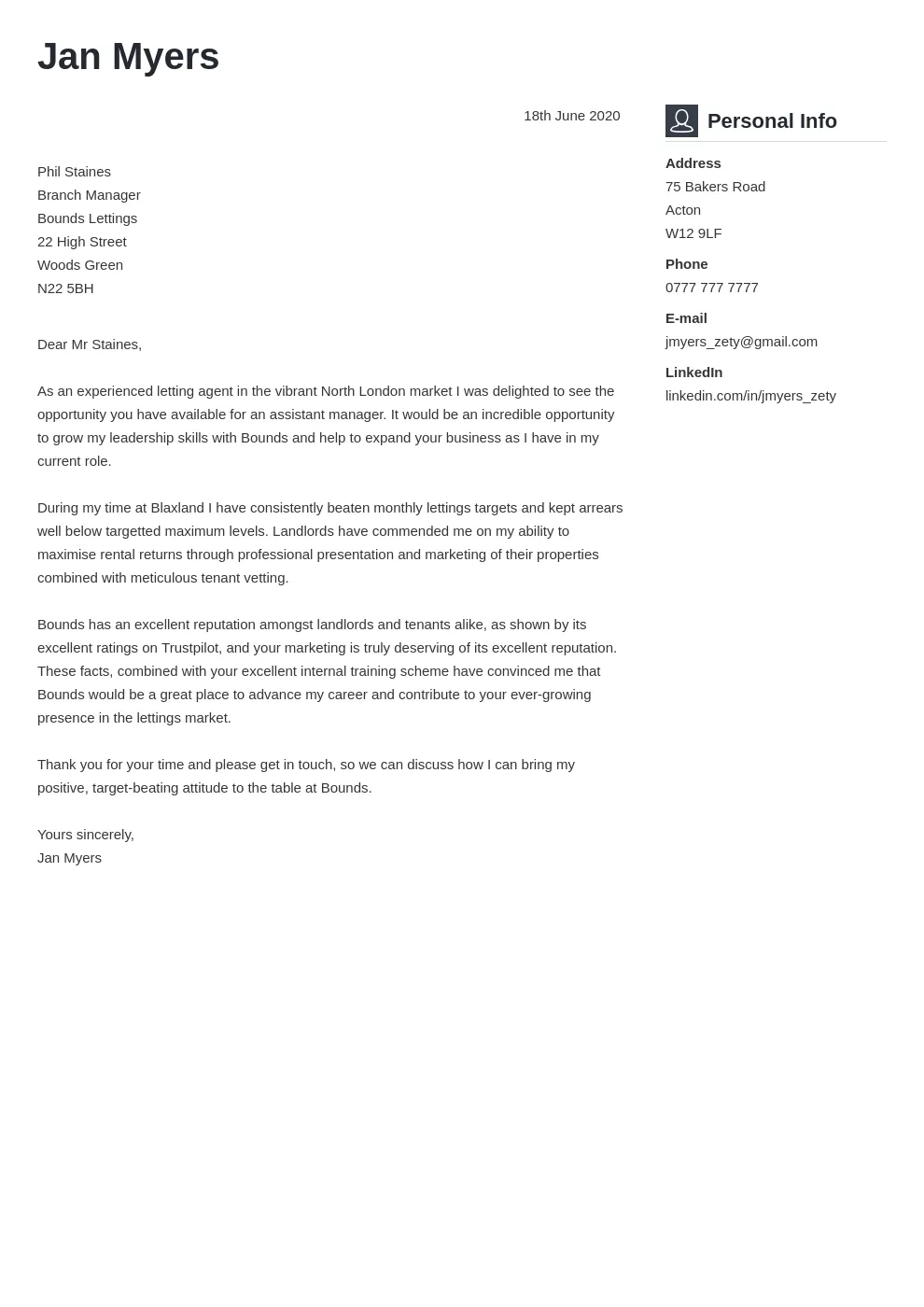
Whenever possible, quantify your achievements to demonstrate your impact in previous roles. Instead of saying ‘Improved sales,’ state ‘Increased sales by 15% in one quarter.’ Use numbers, percentages, and specific data to illustrate your accomplishments. This approach provides concrete evidence of your skills and abilities, making your application more persuasive and demonstrating your capacity to deliver results. Quantifiable achievements make a stronger impression and showcase your value to potential employers. Provide tangible proof of your skills and the impact you’ve made in previous roles.
Closing Paragraph and Call to Action
In the closing paragraph, reiterate your interest in the position and thank the hiring manager for their time and consideration. Include a call to action by stating that you look forward to hearing from them or are available for an interview. Restate your enthusiasm for the opportunity and make it easy for the employer to take the next step. A clear call to action encourages the employer to proceed with your application. This concise and positive conclusion reinforces your interest and makes a lasting impression.
Proofreading and Formatting
Before submitting your cover letter, carefully proofread it for any grammatical errors, typos, or formatting inconsistencies. Ensure that the formatting is professional and easy to read, using a standard font and clear paragraph spacing. A well-formatted and error-free cover letter demonstrates your attention to detail and professionalism. Proofreading is crucial to make a positive impression, as errors can undermine your credibility. Check your writing for consistency in style, tone, and language throughout your cover letter.
Cover Letter Templates and Examples
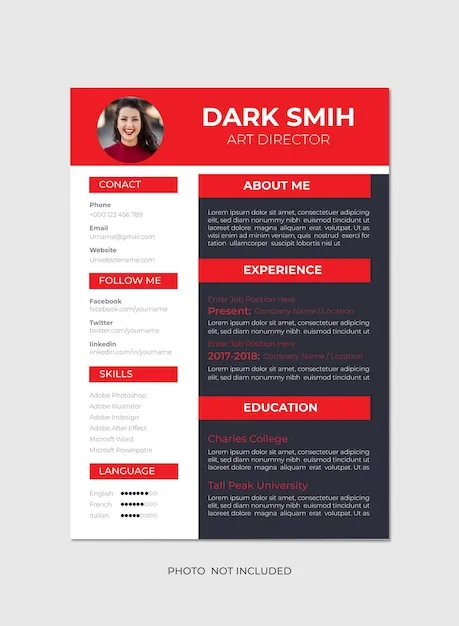
Utilizing cover letter templates and examples can be an efficient way to start writing your cover letter. Templates provide a framework, helping you structure your letter effectively, while examples show how others have successfully presented their qualifications. These resources provide a baseline for your own writing, ensuring that you include all necessary information and adopt a professional tone. However, ensure that you personalize each template to match the specific job and your unique skills. This approach helps streamline the writing process and ensures your application is both comprehensive and tailored to the opportunity.
Where to Find Templates
Numerous websites and platforms offer free and paid cover letter templates. Professional resume and job search websites often have a wide selection of templates you can download and customize. Search online for templates in various formats, such as Word documents, Google Docs, or PDF files. When selecting a template, consider the industry and the type of job you are applying for. Look for templates that are easy to adapt and that align with the company’s branding or your personal style. Choose a design that is clean, professional, and reflects your qualifications effectively, tailoring it to match the role and your personal branding.
Common Cover Letter Mistakes to Avoid
Avoiding common cover letter mistakes is crucial for making a positive first impression. Failing to tailor your letter to the specific job, using generic content, and making grammatical errors are among the most frequent pitfalls. Other mistakes include not addressing the letter to a specific person or providing excessive personal information. Overlooking these errors can hinder your application, so carefully proofread and edit your cover letter before submitting it. Paying close attention to detail and customizing your letter to each job will significantly increase your chances of landing an interview.
Using the Right Tone and Language
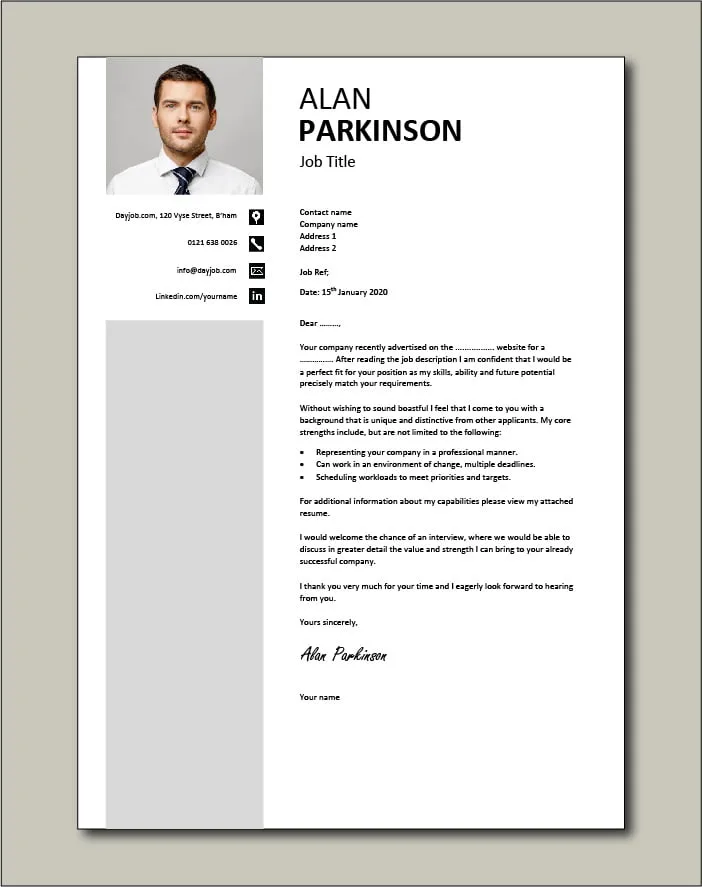
The tone and language of your cover letter should be professional, enthusiastic, and concise. Avoid using slang, jargon, or overly casual language. Maintain a positive and confident tone, emphasizing your skills and experiences. Use active voice and strong verbs to make your writing more impactful. Tailor your language to match the company’s culture and the job requirements. Your cover letter should be a well-crafted reflection of your communication skills and ability to adapt to different professional settings. Clear and concise language can significantly enhance your application.
Cover Letter for CV: Best Practices
Following these best practices can enhance your chances of creating an impactful cover letter. Focus on highlighting your key skills and experiences relevant to the job. Tailor your content to match the job description and the company’s needs, and quantify your achievements whenever possible. Proofread your letter carefully for errors. Keep your letter concise and easy to read, and always customize it for each application. By following these best practices, you can create a cover letter that will make a positive impression, showcase your qualifications, and increase your chances of landing an interview, ultimately helping you to advance in the job application process.
